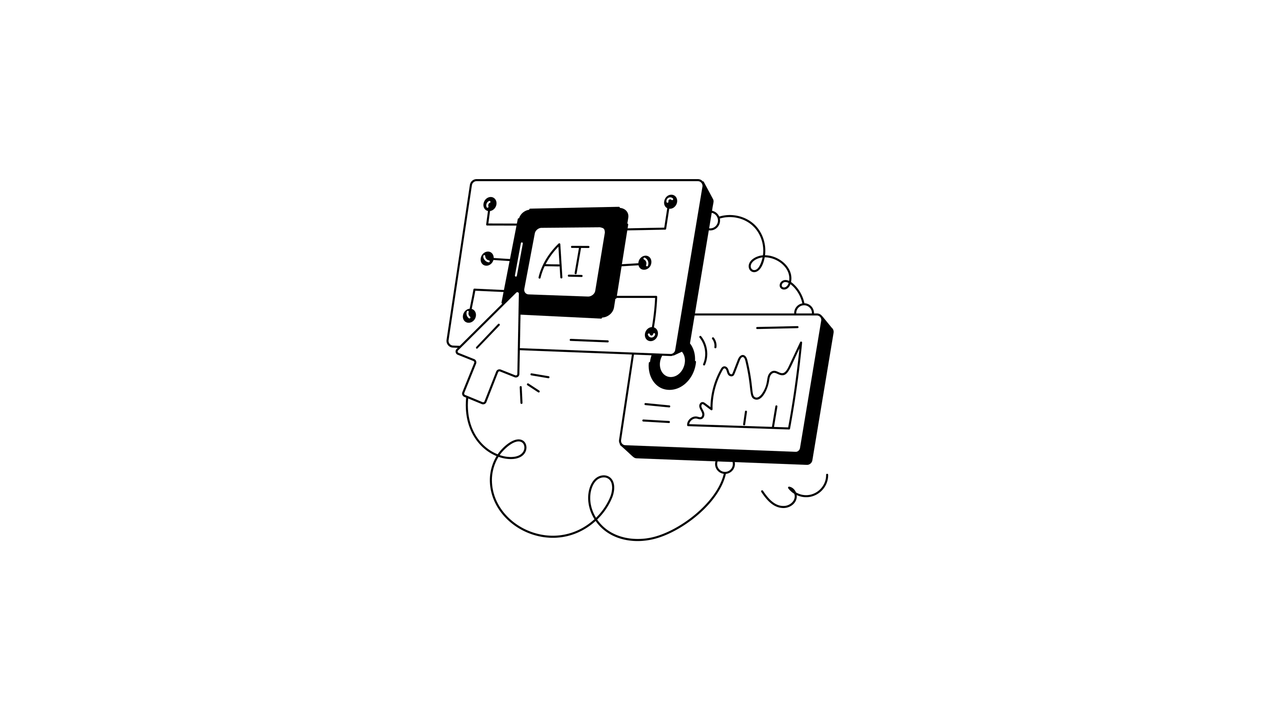There’s a weird tension in AI right now. On one hand, it’s racing ahead — new models, faster processing, endless hype. But on the other, a lot of AI products just… miss. They’re smart, but not wise. Capable, but not useful. Why? Because somewhere along the way, the people building AI forget to design for people.
If you’re working on AI products — or planning to — here’s some advice on how to design AI experiences that feel natural, helpful, and, above all, human-centered.
1. Start with Human Intent, Not Tech Capabilities
It’s so tempting to kick off an AI project by asking, What cool thing can we automate? But that’s a trap. The better question is, What problem are we solving for real people?
Whether it’s a chatbot, a recommendation engine, or a predictive model, AI has to start with human intent. What is the user actually trying to do? What’s the goal behind the goal? If you nail that early on, everything else — the models, the data, the UX — will have a clear north star.
Takeaway: Don’t just write product requirements. Write down human goals. Make them visible to the whole team.
2. Remember: Data Has a Point of View
We treat data like it’s neutral, but it’s not. Every dataset carries the biases, blind spots, and values of the people and processes that created it. Training your AI on that data without questioning it is like trusting a random stranger to teach your kid about the world.
Takeaway: Before you get deep into model training, pause. Audit your data. Ask: Who’s represented? Who’s missing? What assumptions are baked in?
Fixing bias later is way harder than spotting it early.
3. Teach the AI Context, Not Just Content
AI models are good at patterns. But real-world use is messy — full of ambiguity, nuance, and exceptions. If you don’t deliberately teach your AI the context it will operate in, you’ll end up with something that technically works but fails real users.
Takeaway: Document the situations, edge cases, and emotional states users might be in. Teach the AI about what matters in those moments, not just the surface-level inputs.
4. Make Decision-Making Transparent
People trust systems they can understand. If your AI is a black box — making recommendations or decisions without any explanation — users will either overtrust it blindly (dangerous) or mistrust it completely (also dangerous).
Takeaway: Build in ways to show the “why” behind AI outputs. Even simple, human-readable cues (“We recommended this because you recently purchased X”) can make a huge difference.
Transparency isn’t a nice-to-have anymore; it’s core to responsible AI design.
5. Build with a Cross-Functional Team From Day One
You can’t bolt humanity onto AI at the last minute. The best AI experiences are built by teams where designers, engineers, researchers, product managers, and domain experts work together from the start.
Each of them brings a different lens: empathy, feasibility, ethics, user behavior. When you leave any of those voices out, you feel it in the final product.
Takeaway: Fight for a seat at the table for everyone early — not just in user testing, but when the foundations are being laid.
At the end of the day, building AI that feels natural isn’t about pushing more tech. It’s about pulling in more humanity.
If you’re serious about designing AI that people actually want to use, start here: with clarity of intent, healthy skepticism of data, deep understanding of context, transparent logic, and a team that brings diverse voices into the room.
This perspective draws inspiration from the Team Essentials for AI workbook originally developed by IBM Design, and multiple workshops I attended during the UXINDIA 2023 conference reimagined here through the lens of practical advice.
